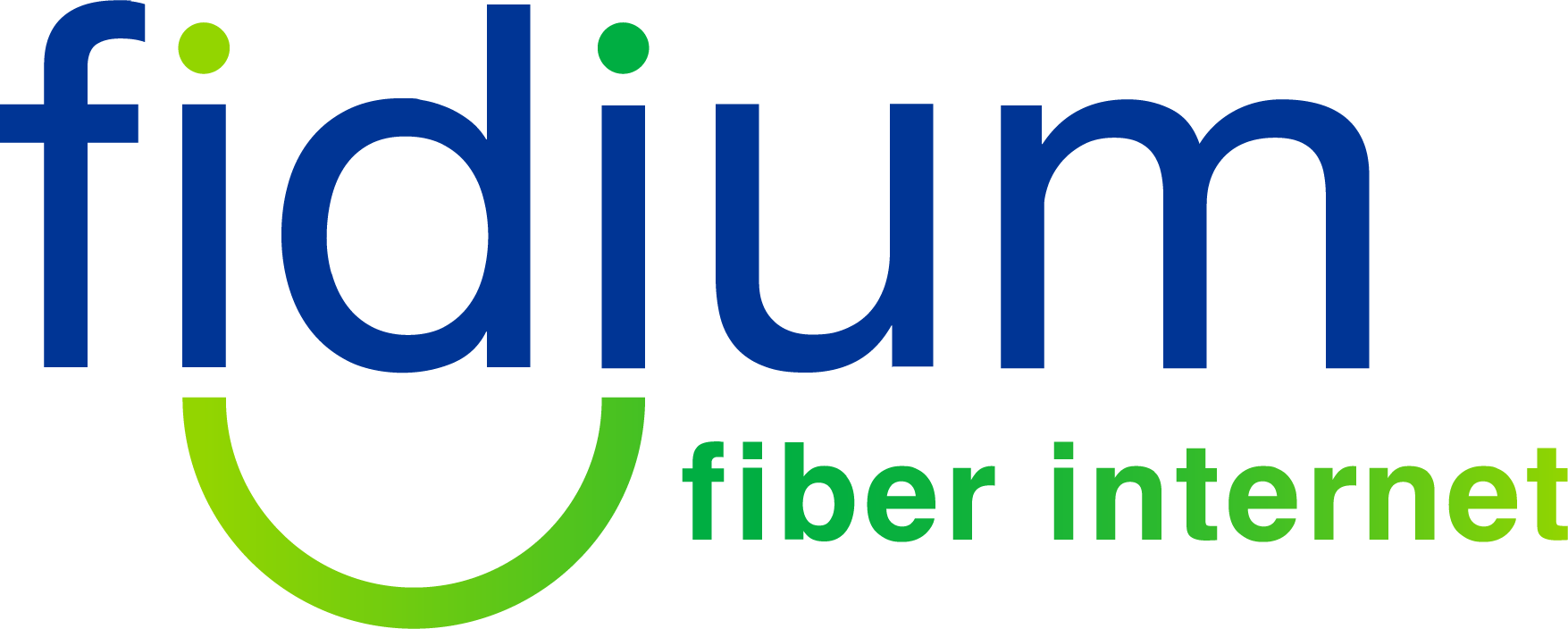Why Rural Fiber Infrastructure is Essential to America

Table of Contents
Most Americans click a button and instantly stream a movie, join a video call, or download files in seconds. But for 24 million people—including 28% of those in rural areas—getting online means waiting, buffering, and struggling with connections that can barely handle basic tasks [1]. The gap between rural and urban internet access has grown into a chasm that affects everything from education and healthcare to economic opportunity and daily convenience. While cities enjoy fiber-optic speeds measured in gigabits, countless rural families still struggle with connections slower than what urban areas had a decade ago.
This isn’t acceptable. And it doesn’t have to be permanent. Fidium Fiber is proving that bringing world-class fiber internet to rural America isn’t just possible—it’s essential for the future of these communities.
The Rural Broadband Crisis
The statistics paint a sobering picture. According to the Federal Communications Commission (FCC), 24 million Americans don’t have access to fixed broadband service that meets minimum speed standards, including 28% of those in rural areas and more than 23% living on Tribal lands [1]. The numbers grow even larger when we consider those with access to outdated DSL or satellite connections that can barely handle modern internet demands. Under updated broadband standards, 45 million Americans lack access to internet speeds capable of supporting modern online activities [2].
Rural communities face unique challenges that make broadband expansion difficult. Low population density means fewer potential customers per mile of cable installed. Difficult terrain—mountains, forests, and vast open spaces—drives up infrastructure costs. Traditional internet service providers have avoided these areas until recently, deeming them unprofitable despite the critical need.
The COVID-19 pandemic exposed these inequalities with brutal clarity. When schools shifted to remote learning and businesses adopted work-from-home policies, rural families struggled to participate. Students fell behind. Workers lost opportunities. Small businesses couldn’t keep up with e-commerce demands. In the end, the digital divide made its presence blaringly known.

Remarkable reliability through fiber
Why Fiber Internet Changes Everything
Not all internet connections deliver the same performance. While DSL, cable, and satellite options have served as stopgap solutions, fiber internet stands in a category of its own.
Fiber-optic networks transmit data as pulses of light through thin glass strands. This technology delivers symmetrical upload and download speeds, which is a significant upgrade from cable or DSL. For rural residents who want to upload large files, use video conferencing, or run online businesses, symmetrical speeds are pretty rad to have.
Fiber connections also provide remarkable reliability. Unlike copper-based systems, fiber cables resist electromagnetic interference, weather-related disruptions, and signal degradation over distance. A fiber connection installed today will likely serve a community’s needs for decades without requiring infrastructure upgrades.
The speed potential is staggering. While current consumer plans typically offer speeds up to 1 or 2 Gigabits per second, fiber networks can scale far beyond those limits as technology advances. When you search for “fiber internet near me" and find Fidium Fiber available in your area, you’re gaining access to future-proof technology that won’t become obsolete as internet demands grow.
The Economic Impact of Rural Fiber Networks
Bringing fiber internet to rural communities creates ripple effects that extend far beyond faster downloads. Economic research demonstrates clear connections between broadband access and regional economic growth.
A study found that fiber-to-the-home (FTTH) connections increase property values by a combined 3.1 percent—translating to about $5,437 for a median-priced home [3]. This means significant wealth creation for rural residents. In areas where housing values may lag behind urban markets, fiber connectivity helps close that gap.
Small businesses in rural areas gain competitive advantages when they can access the same digital tools as their urban counterparts. Cloud computing, video marketing, e-commerce platforms, and digital payment systems all require robust internet connections. Fidium rural fiber internet enables entrepreneurs to launch and scale businesses without relocating to cities.
Agriculture—the backbone of rural economies—increasingly relies on precision farming techniques that demand high-speed connectivity. Modern farmers use drones, sensors, and data analytics to optimize crop yields, manage irrigation, and monitor livestock. These smart farming technologies generate massive data files that need fast, reliable upload capabilities that only fiber can provide.
Remote work opportunities also multiply when rural areas gain fiber access. Professionals can choose to live in smaller communities while maintaining careers with urban employers. This trend, accelerated by pandemic-era workplace changes, helps reverse rural population decline and strengthens local tax bases.
Education and Healthcare Transformation
The benefits of Fidium rural broadband access extend into two sectors that profoundly impact quality of life: education and healthcare.
Education
Rural schools have struggled with the digital learning gap for years. When classroom instruction increasingly incorporates educational software, online research, and multimedia content, students without home internet access fall behind. Fiber networks give rural students the same educational resources as their urban peers.
Distance learning programs allow rural schools to offer advanced courses they couldn’t staff locally. A small-town high school can provide AP courses, foreign language instruction, and specialized electives through virtual classrooms powered by reliable fiber connections. This expanded curriculum keeps talented students in their communities rather than forcing families to relocate for educational opportunities.
Healthcare
Healthcare in rural areas lacks specialists and high-end medical facilities. Telehealth services bridge these gaps, giving rural patients the opportunity to consult with specialists outside their immediate community. But telehealth requires substantial bandwidth, especially for high-resolution medical imaging and real-time video consultations.
According to a study in the National Library of Medicine, digital health tools vastly improve health care access for those in rural areas [4]. Fidium Fiber’s rural internet expansion directly addresses this, enabling healthcare providers to offer sophisticated remote care options.
Remote patient monitoring—where sensors track vital signs and transmit data to healthcare providers—depends on consistent, high-speed connections. These services help manage chronic conditions, reduce hospital readmissions, and improve outcomes for rural patients who wouldn’t normally be able to access regular monitoring.

Internet access for all
Fidium’s Commitment to Bridge the Digital Divide
The challenges of rural broadband deployment are real, but not insurmountable. Fidium Fiber has made a commitment to rural communities that goes beyond profit calculations. The company’s approach to rural fiber investment showcases its understanding that internet infrastructure is as essential as roads, water systems, and electrical grids.
Fidium’s rural internet expansion strategy involves partnering with local governments, leveraging federal and state broadband funding programs, and investing in long-term infrastructure development. This ensures rural fiber networks are built to the same standards as urban deployments, without skimping on quality or capabilities.
Policy and Funding Driving Rural Fiber Expansion
Government policy plays a crucial role in accelerating rural broadband deployment. The Broadband Equity, Access, and Deployment (BEAD) Program is a $42.45 billion federal grant program that aims to connect all Americans to high-speed internet through partnerships to build necessary infrastructure [5].
State-level broadband programs complement federal initiatives. Many states have established broadband offices, created grant programs, and updated policies to facilitate fiber deployment. This multilevel support creates an environment where rural fiber expansion becomes economically feasible.
Public-private partnerships between internet service providers and local governments help align community needs with commercial deployment plans. These partnerships often involve infrastructure sharing agreements, streamlined permitting processes, and coordinated planning that benefits all parties.
Rural Internet’s Future
The momentum behind rural fiber deployment continues to build. As technology costs decline, government funding increases, and more providers recognize the importance of rural markets, the pace of expansion accelerates.
Fidium Fiber’s position as a leader in rural connectivity reflects a broader industry trend toward recognizing that universal broadband access is good business. Rural communities represent untapped markets with significant growth potential, and first movers like Fidium gain competitive advantages by establishing early presence in these areas.
Technologies like 5G and satellite internet compete for rural customers, but fiber remains the highest standard for reliability, speed, and long-term viability. While other technologies serve as valuable complements or gap-fillers, fiber-optic networks provide the foundation for true digital equity.
Is Fidium Fiber Available in Your Area?
The rural broadband build-out is underway, but availability is still relative by location. Fidium Fiber is still leading the way and continues expanding its rural network footprint, bringing gigabit-capable fiber internet to communities across its service areas. Currently, Fidium Fiber is available to 1 million addresses (and counting) in 8 U.S. states.
Ready to discover if fiber internet is available at your address? Enter your zip code here to see which providers and plans serve your area. You might be surprised to find that Fidium rural fiber internet has already reached your community—or will arrive soon. Don’t let another day pass without the fast, reliable connectivity you deserve.
Sources
[1] Route-fifty.com. “New FCC Broadband Standard"
[2] Allconnect.com. “Current Status of Rural Broadband Availability"
[3] Realtorparty.realtor. “Rural Outreach Initiative"
[4] Pmc.ncbi.nlm.nih.gov. “PMC11404635"
[5] NTIA.gov. “High Speed Internet Programs BEAD Program"
